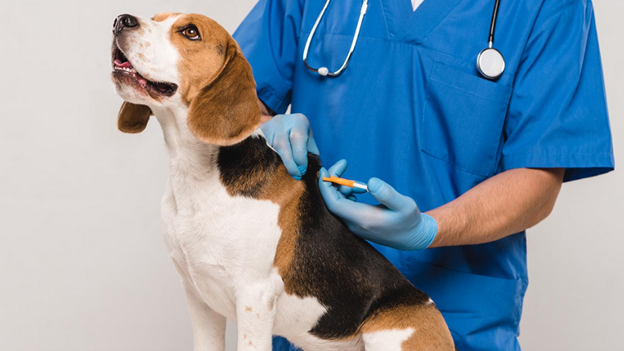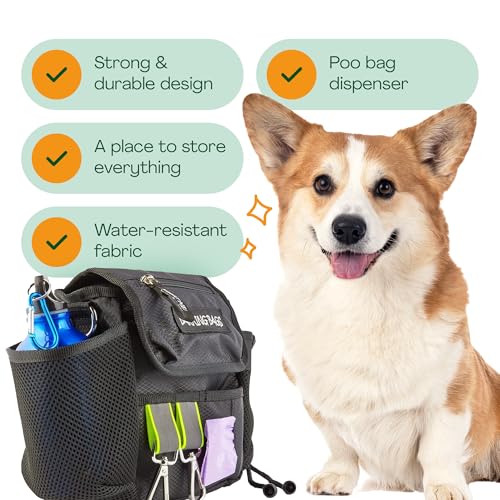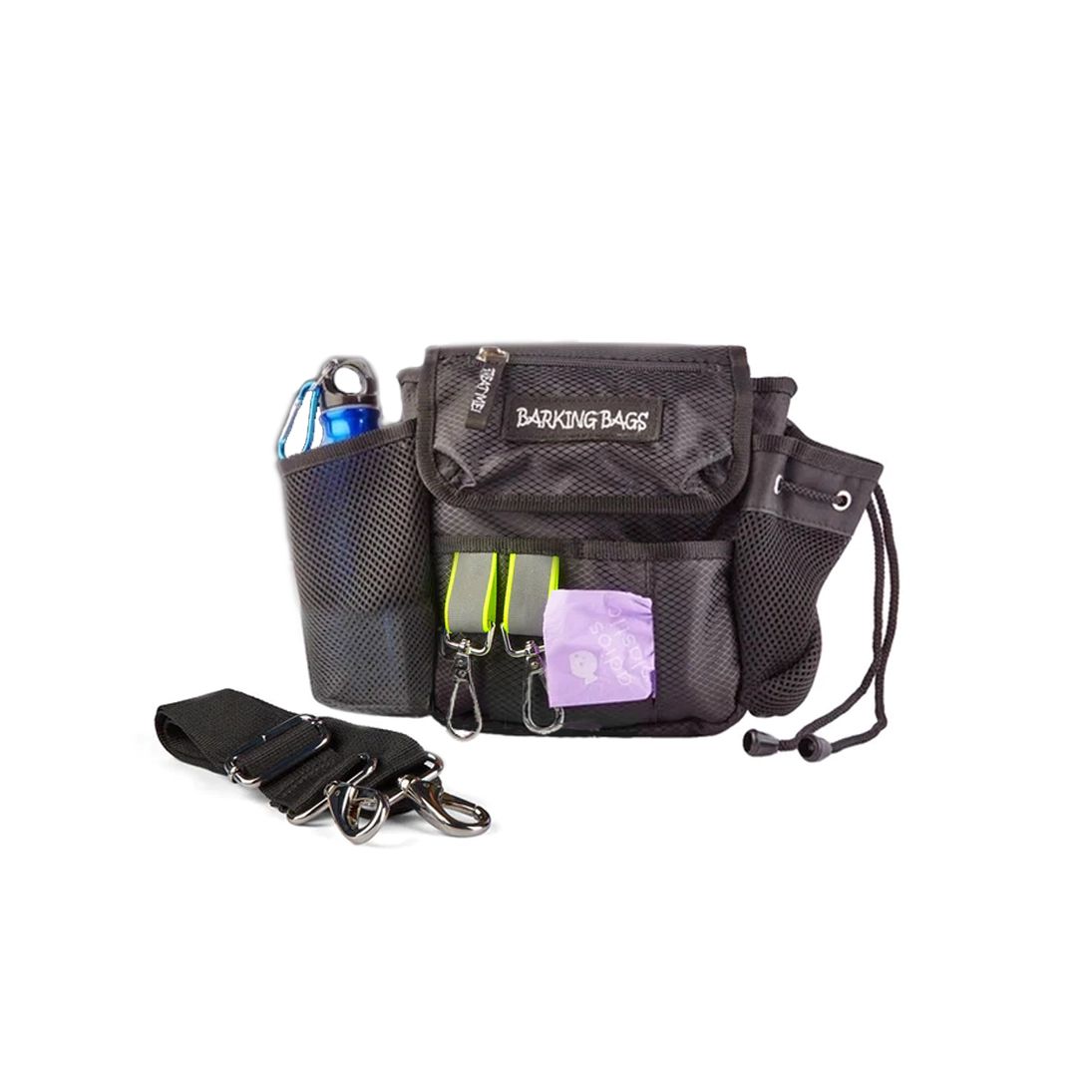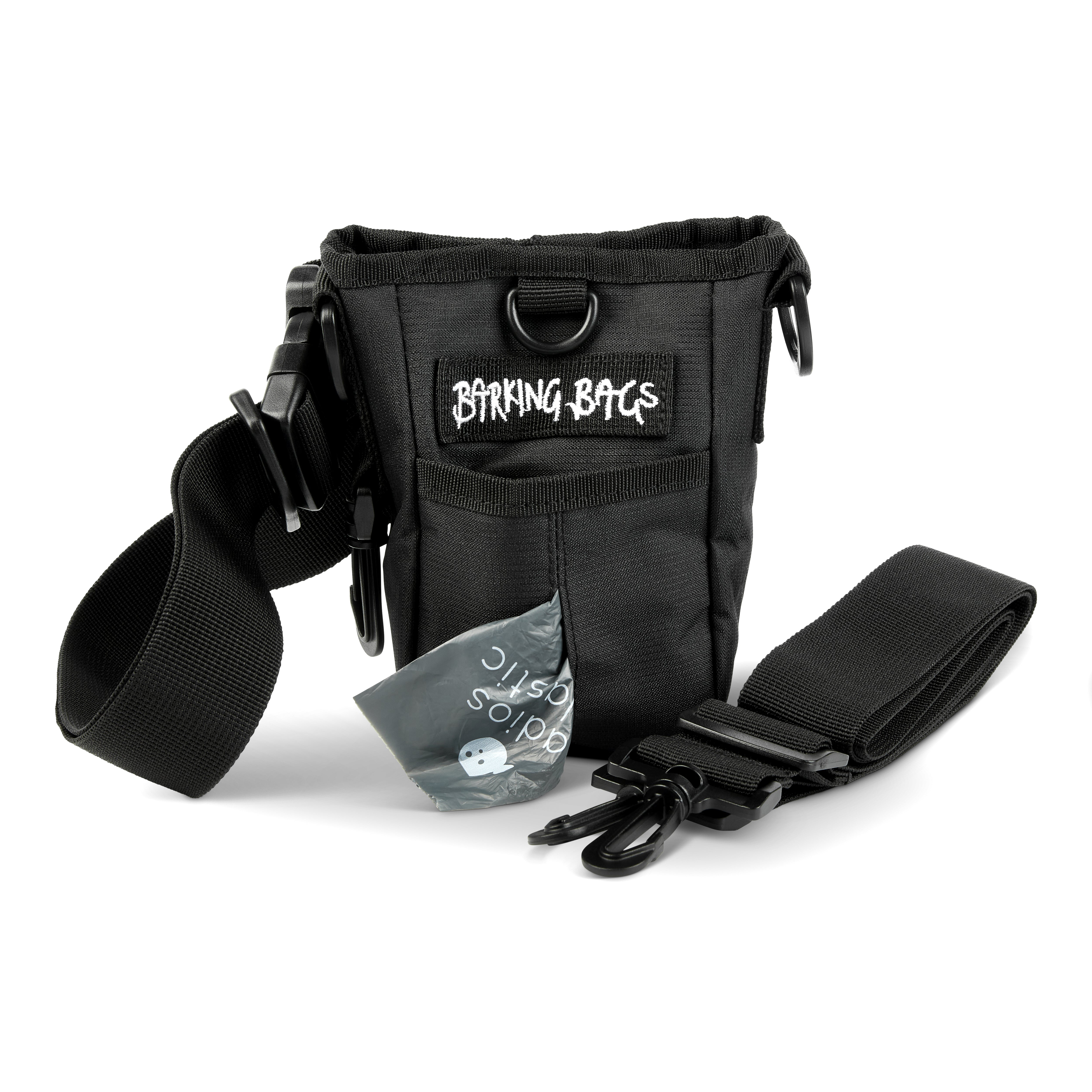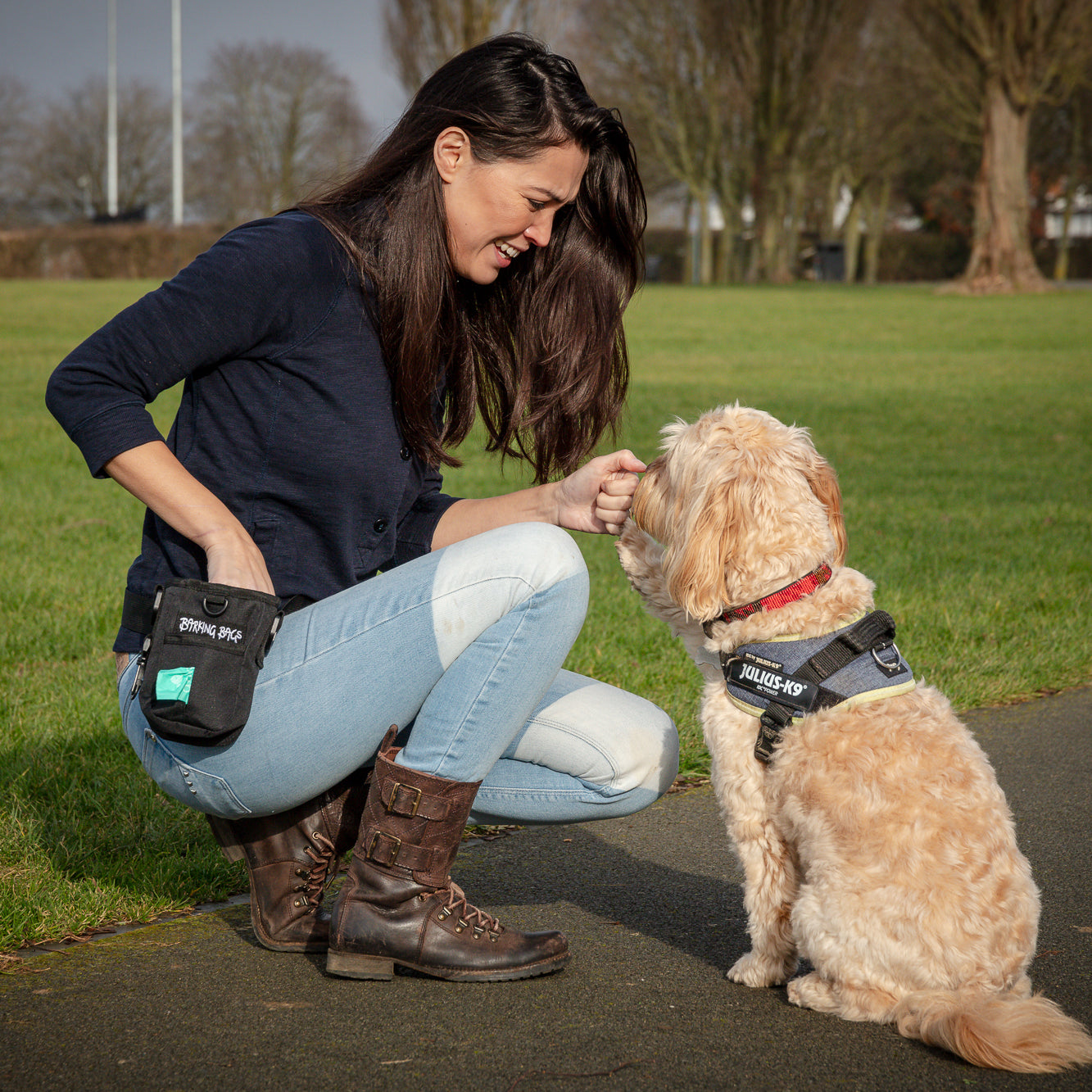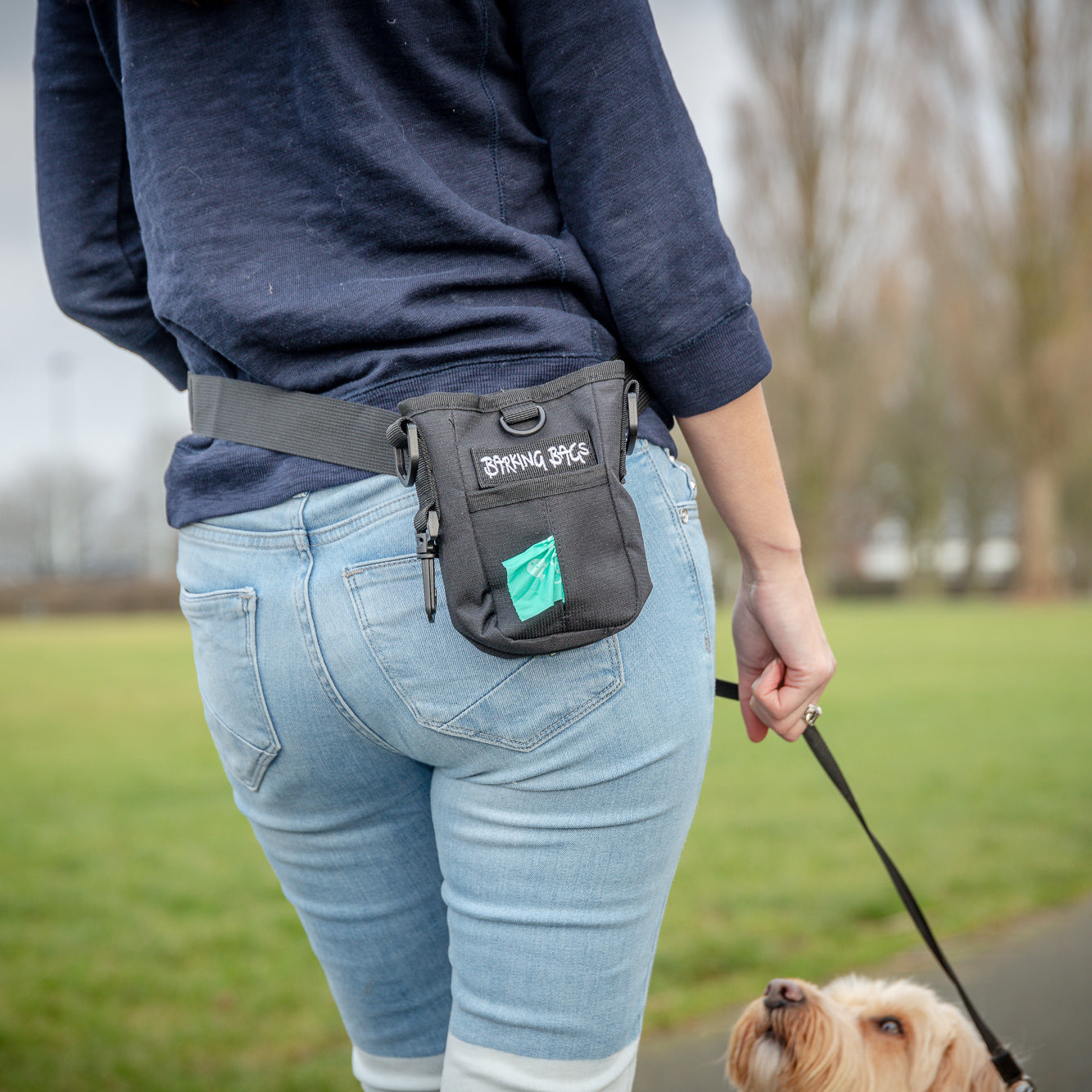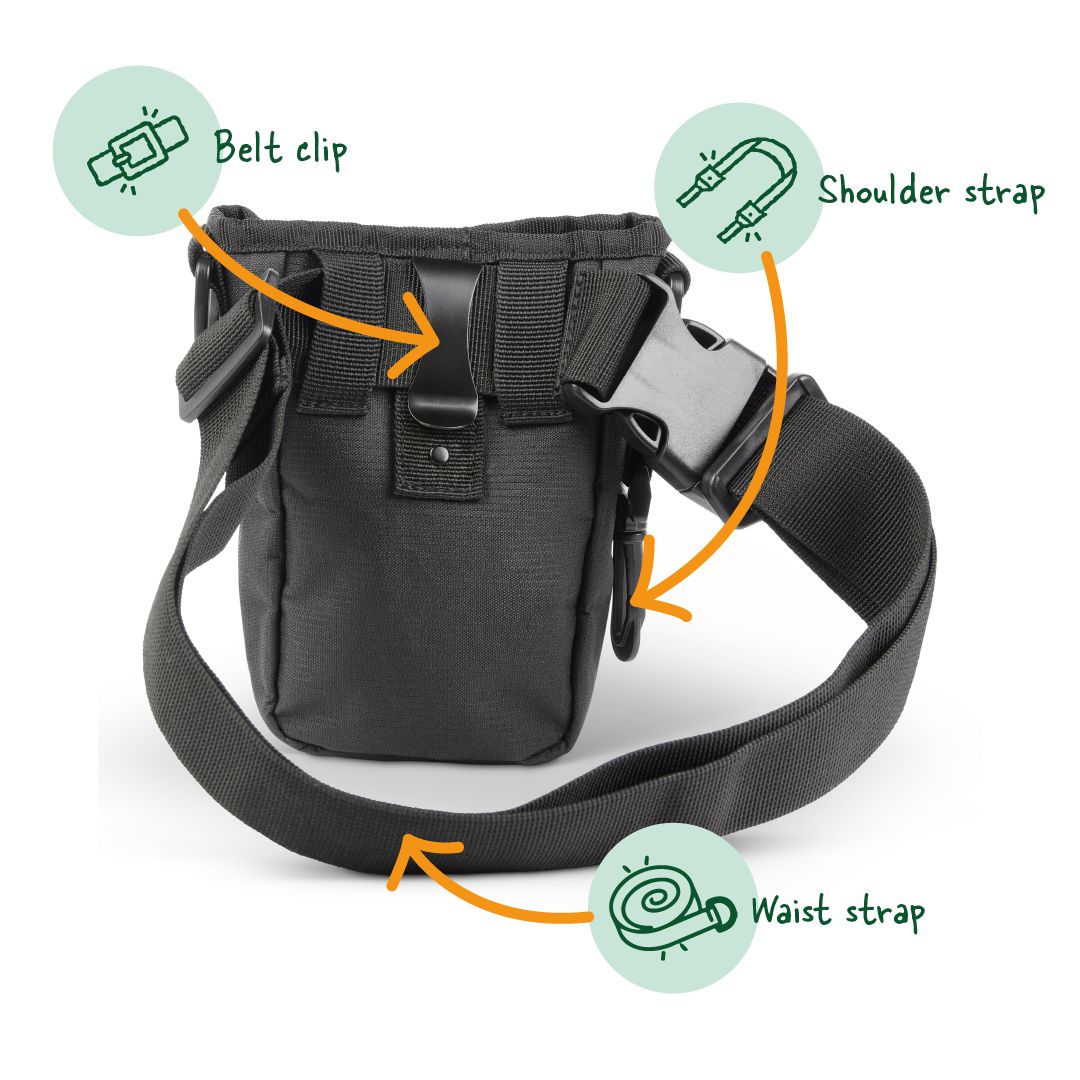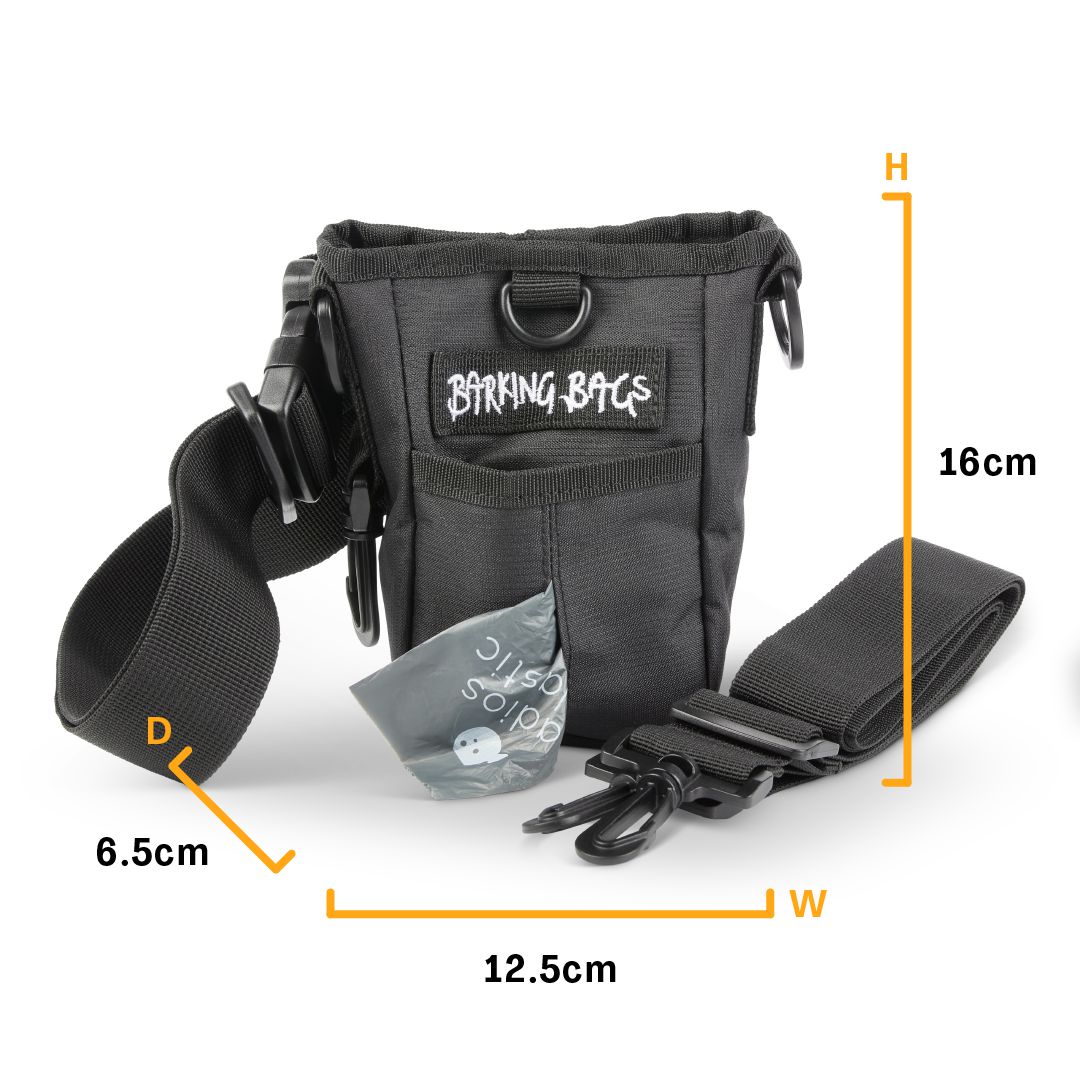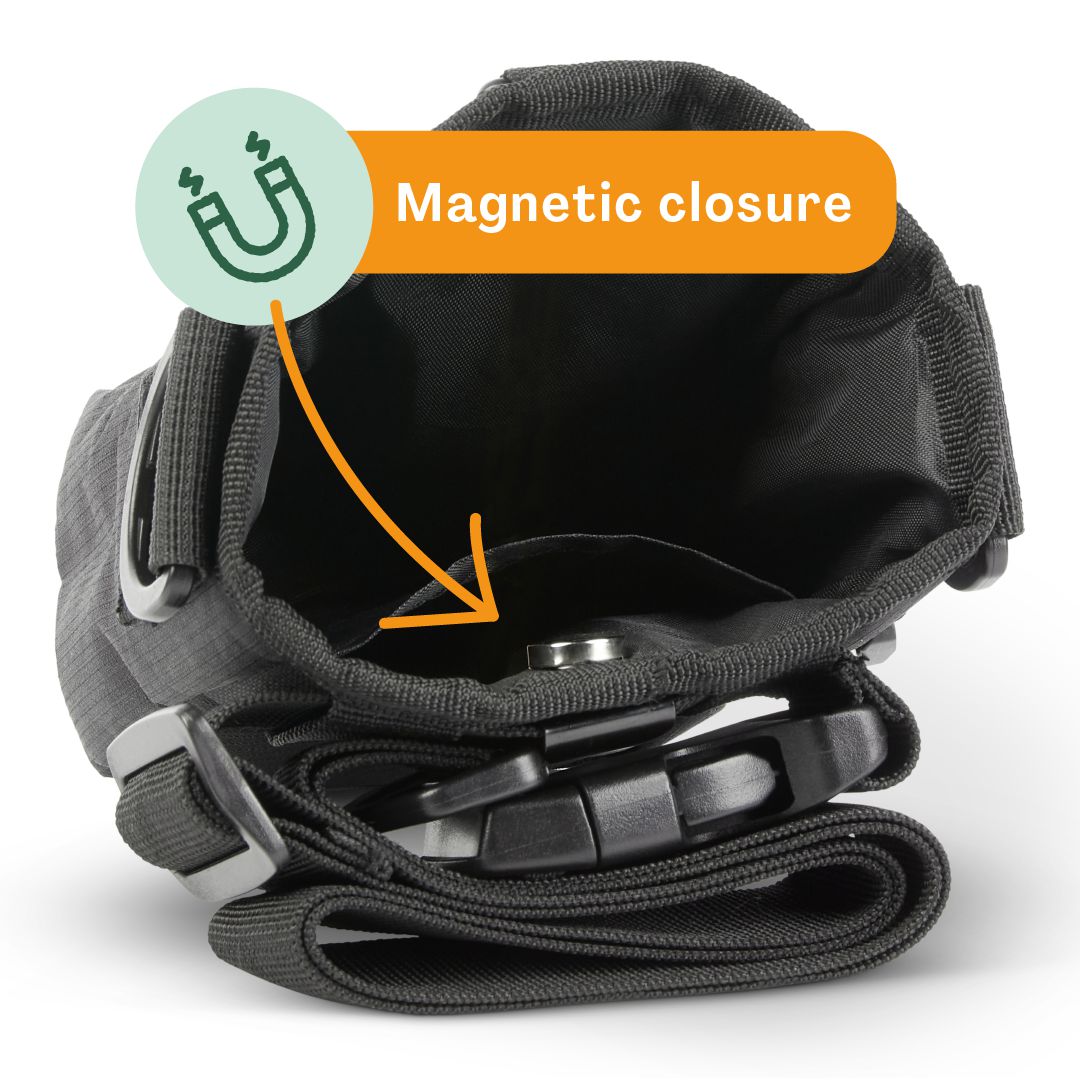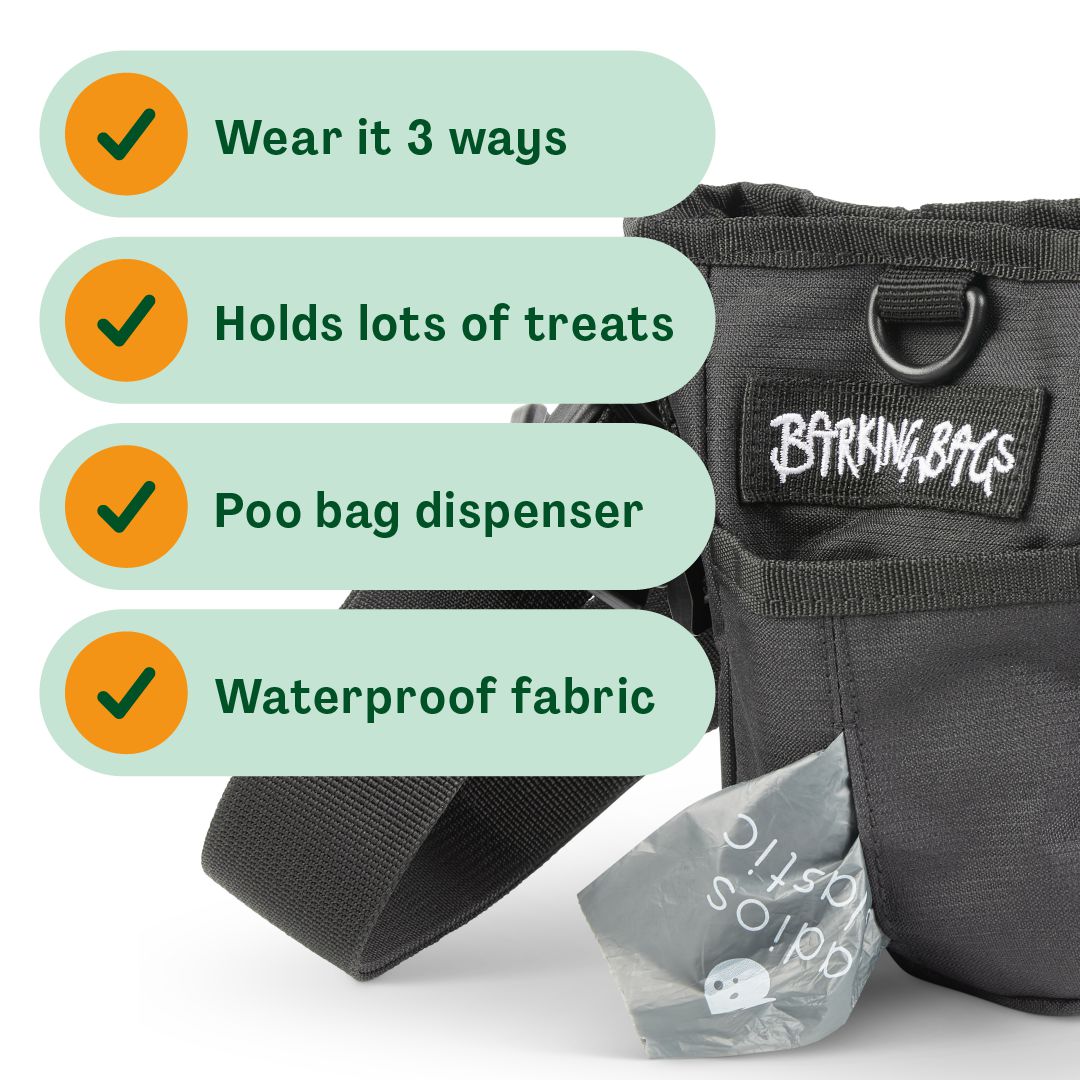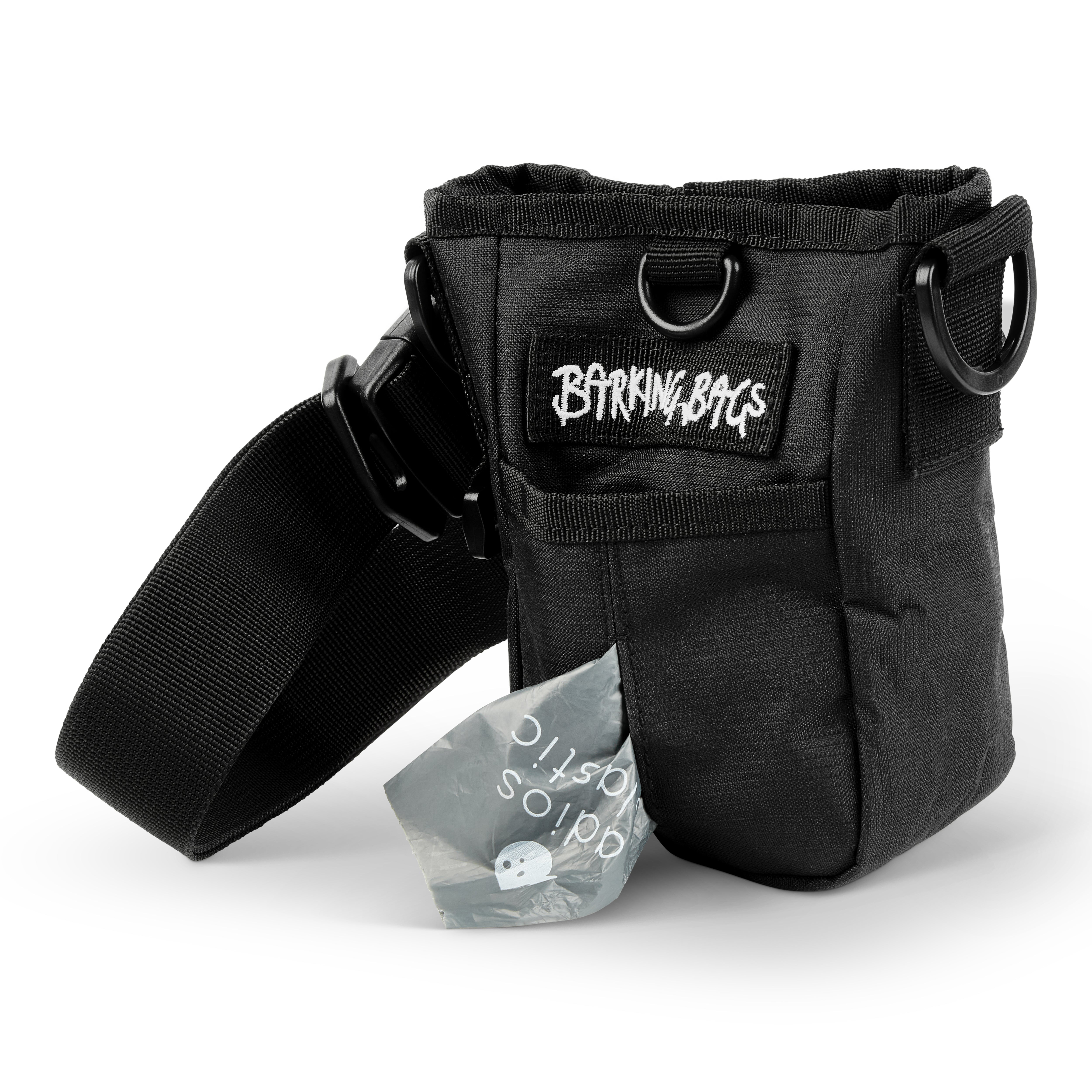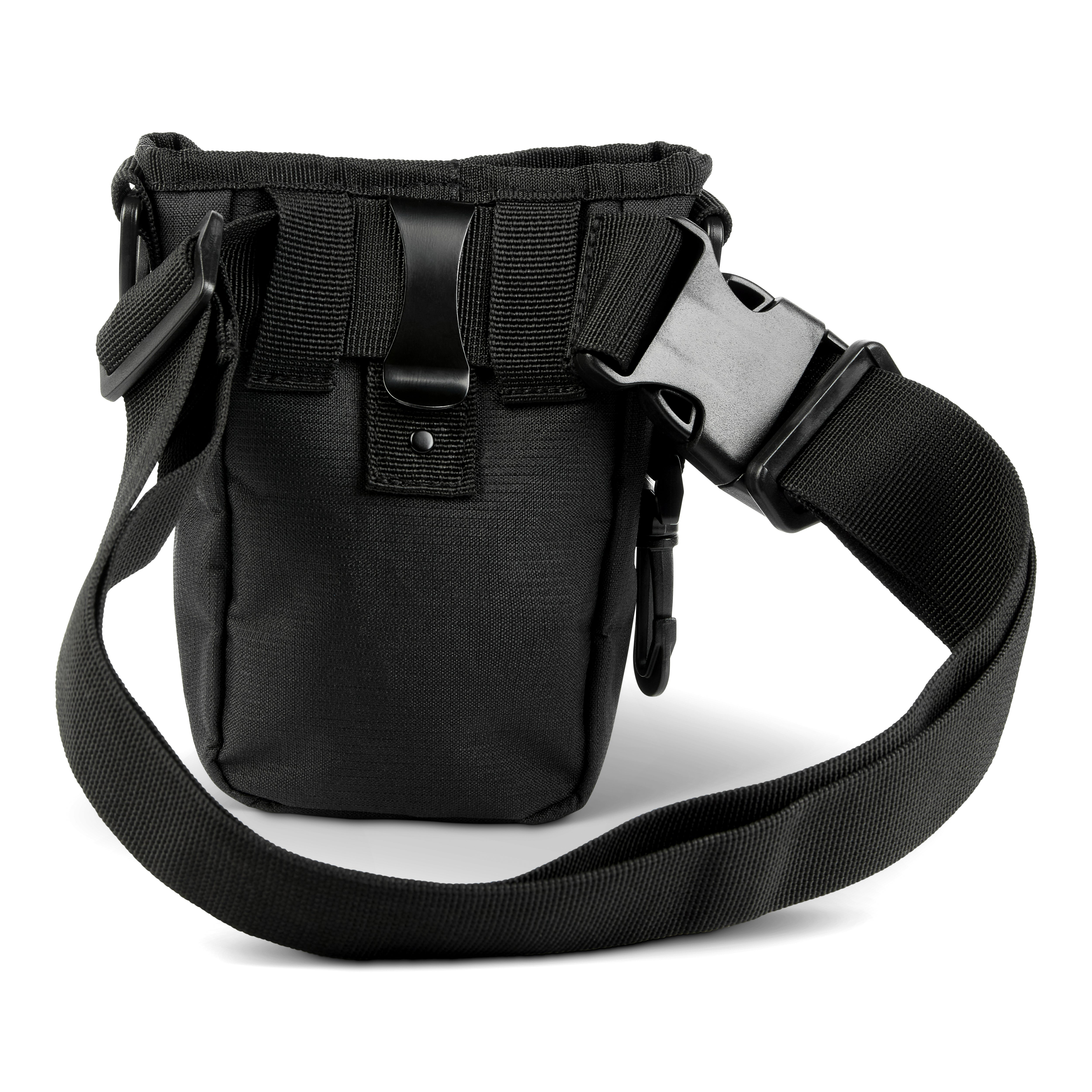June is National Microchipping Month and is supported by The Kennel Club. The aim is to raise awareness of the importance of keeping your pet's details up to date so should the worst happen, your pet can be reunited with you if they are located.

Did you know that microchipping your is dog a legal requirement?
Since April 2016, when the law changed, it is now compulsory for all dogs to be microchipped and recorded with a government complaint database, such as Petlog. Similarly, in January 2022, the government announced its plans to make microchipping a legal requirement for all cats. Microchipping is also available for other pets, but this isn’t a legal requirement.
All dogs must be fitted with a microchip by the time they are 8 weeks old.
You can be fined up to £500 if your dog is not microchipped. (though the rules are different in Wales and Scotland)

What is a microchip and why is it Important?
A microchip is about the size of a grain of rice, and will be implanted under the skin in a simple procedure. Your dog’s microchip must be fitted by a trained professional, for example a vet. Microchipping your pet only takes a few minutes, but it lasts a lifetime and is an effective, safe and simple way to make it possible to reunite you with your pet if they are lost or stolen.
Who can implant a microchip and how much does it cost?
You can arrange for your local vet to microchip your dog. Prices will vary, but they'll usually charge around £15- £20 and it is a small price to pay to give your pet extra security and it will keep you within the law. Some local animal charities and organisations, as well as some local authorities, also offer microchipping. Some will offer it free of charge.
Is there a national database for microchips?
When your lost pet is taken to an animal shelter or veterinary clinic, they will scan your pet for a microchip and will read its unique code. This code is stored with your pet's profile and linked to your contact information in a national database.

Not sure if you dog is chipped. How do I go about finding out and what should I do?
Finding out if your dog is microchipped, is easy. Vets are happy to scan the pets and will be able to find out the microchip number. Once you have the number, you can use a chip checker online to find out who they're registered with and whether it is up to date.
Acquiring a dog.
You should always ask for proof that a microchip has been fitted before buying a dog and you should ask for copies of the microchip certificate, alongside vet records.
You may also be able to see microchip information in the dog’s pet insurance papers.
You must make sure the microchip details are updated once you have bought the dog.
Is my dog's microchip proof of ownership?
A microchip is NOT proof of ownership. By law, the person who cares for the dog and keeps them in their home is called a 'keeper', not an 'owner'. If you are the new keeper of a pet, you can transfer the microchip into your details. You will need the pet's microchip number and exact date of birth to transfer the registration online. If you don't know the date of birth, you can ask the previous keeper to start the transfer.

Finally… Make sure your details are kept up to date.
Ensuring your details are always up to date, correct and complete is almost as essential as getting a microchip in the first place. Should your details change for any reason it is your responsibility to contact the database and advise them of any changes. Making sure your details are current ensures that you are still contactable in the event of your pet becoming lost.
When and how do I update my dog's microchip?
If you move to a new house or change your phone number, you must contact your microchip database provider to let them know. You can do this online, but your vet can also advise. Sadly, thousands of stray dogs are unable to be reunited with their owners because their tag and chip details are not up to date. Not only is it a legal requirement to make sure that your contact details are up-to-date, but the microchip is useless without them.


